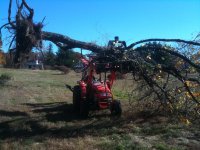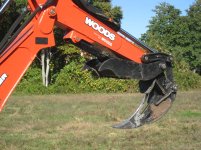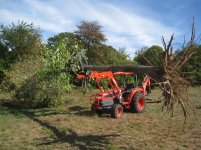GManBart
Elite Member
- Joined
- Dec 10, 2012
- Messages
- 4,976
- Location
- Detroit, Michigan
- Tractor
- Massey Ferguson 241, Kubota SVL90-2
I have anti gelling treatment in my Kioti and it still will not run if the temps are under 20 degrees. I got the heater from my dealer and was charged full price. Installed it myself outside, I think it was in the teens. Froze my but off installing it. Works fine. Ran the tractor for 30 minutes then parked it. Hydraulic leak with oil running everywhere. One of the steel tubes that connects to the pump cracked. Oil seeps out. I can run it for a few minutes but that's it. Now I'm looking at $400 to get it taken to my closest dealer 2 hours away. I would change it myself, but the engine oil check tube runs directly over top of the one bolt. You can only get to it with a small wrench and I don't want to strip it. Just majorly disappointed with this tractor.
Welcome to TBN
Since this thread is already way off track, you're probably be better off starting a new thread.






